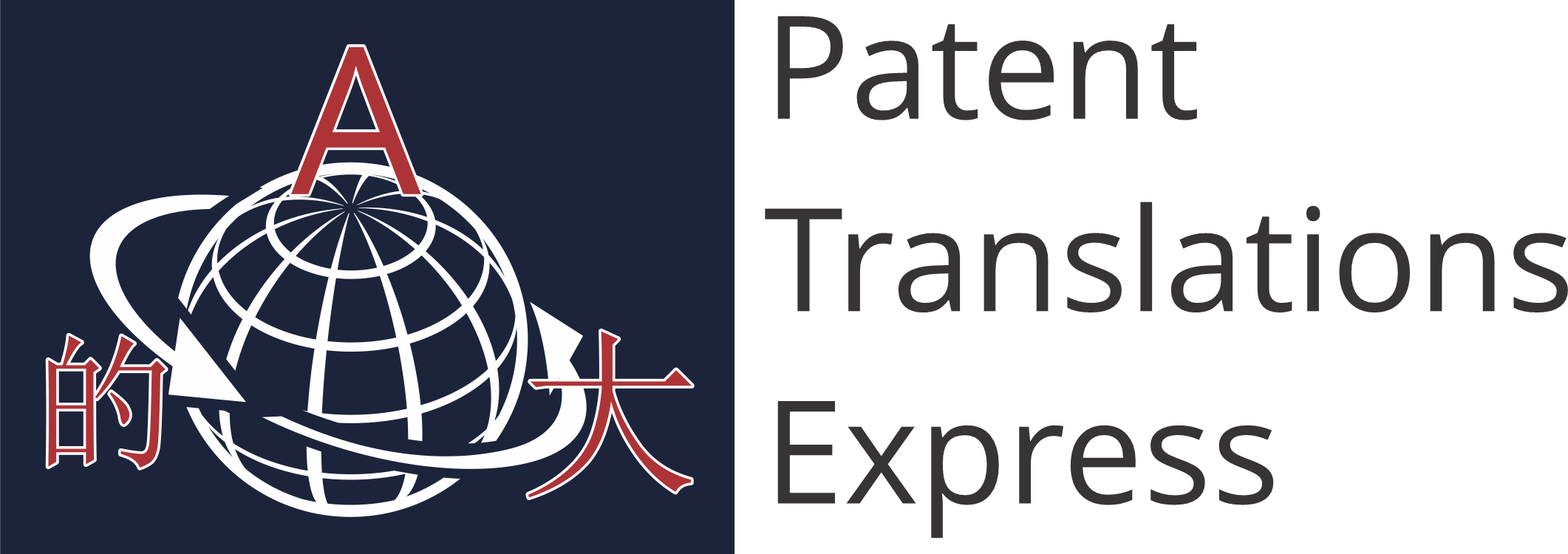Intellectual property (IP) is a valuable asset for businesses, comprising patents, trademarks, copyrights, and trade secrets. Among these, patents hold a significant place in protecting inventions and granting exclusive rights to their creators. Patents provide legal protection, preventing others from making, using, or selling the patented invention without permission. However, for businesses with international aspirations, patents need to be effectively translated to ensure their enforceability and validity in different jurisdictions.
The Role of Patents in Global Business Expansion
When expanding globally, businesses rely on patents to secure their competitive advantage. Patents grant exclusivity for a fixed period, allowing companies to commercialize their inventions and establish a strong market presence. With accurate patent translations, businesses can effectively communicate their innovative concepts, technical details, and legal claims in the target language. This ensures that potential partners, investors, and customers understand the value and uniqueness of the patented technology.
Language Barriers: The Challenges of Patent Translations
Translating patents presents various challenges due to the technical, legal, and linguistic complexities involved. Patent documents often contain intricate technical jargon, complex legal terminology, and specific formatting requirements. Translators must possess a deep understanding of both the source and target languages to accurately convey the information while maintaining the intended legal scope and technical precision. Failing to address these challenges can result in costly errors and potential legal disputes.
Accuracy is Key: Ensuring Precise Patent Translations
Accurate patent translations are crucial to preserving the integrity and enforceability of the original patent. The translation must faithfully represent the claims, descriptions, and disclosures in the source language, adhering to the legal standards and terminologies of the target jurisdiction. Any errors or omissions can have severe consequences, such as misinterpretation of the invention or invalidation of the patent. Therefore, meticulous attention to detail and linguistic expertise are essential for precise patent translations.
The Role of Professional Patent Translators
Professional patent translators specialize in translating technical and legal documents, possessing the necessary expertise and experience to handle patent translations effectively. These translators are well-versed in both the source and target languages, ensuring accurate terminology usage, syntactic structure, and linguistic nuances. They also possess a thorough understanding of patent laws and regulations in different countries, ensuring compliance and adherence to legal requirements.
Technological Advancements in Patent Translation
Advancements in technology have greatly impacted the field of patent translation. Machine translation (MT) tools, such as neural machine translation, can assist in translating patent documents more efficiently. However, while MT can be useful for initial translations, human intervention remains crucial for ensuring accuracy and maintaining the legal and technical precision required in patent translations. Professional translators leverage technology to enhance their work, utilizing translation memory systems and terminology databases for consistency and efficiency.
Cultural Nuances and Localization of Patent Translations
Patents not only need to be accurately translated but also localized to suit the target audience and legal systems. Cultural nuances, legal frameworks, and patent examination practices vary across countries, requiring translators to adapt the translation accordingly. Localization ensures that the translated patent is not only linguistically accurate but also contextually relevant, considering cultural sensitivities, legal requirements, and target market preferences.
Benefits of Accurate Patent Translations
Accurate patent translations bring several benefits to global businesses. Firstly, they enable effective communication and collaboration with international stakeholders, including investors, partners, and regulatory authorities. Clear and precise translations foster trust and understanding, facilitating smoother negotiations and transactions. Secondly, accurate translations protect the intellectual property rights of businesses, ensuring that their inventions are adequately safeguarded in foreign jurisdictions. This safeguards their competitive advantage and prevents unauthorized use or infringement.
Risks of Inaccurate Patent Translations
On the other hand, inaccurate patent translations pose significant risks to global businesses. Errors or misinterpretations in translations can lead to misunderstandings, legal disputes, and financial losses. Inaccurate translations may fail to convey the novelty and distinctiveness of the invention, potentially resulting in the rejection or invalidation of the patent. Moreover, inaccurate translations can harm the reputation of a business and hinder its global expansion efforts.
Best Practices for Effective Patent Translations
To ensure effective patent translations, businesses should follow best practices. It is crucial to engage professional patent translators with expertise in the relevant technical field and legal jurisdiction. Establishing clear communication channels with translators, providing comprehensive source materials, and offering guidance on the intended audience and purpose of the translation can further enhance the accuracy and relevance of the translated patent. Regular quality checks and proofreading processes also help maintain high translation standards.
Other Related Articles
Trademark Knockout Searches: Streamlining the Initial Screening

